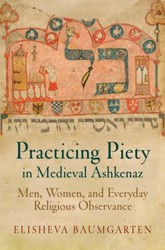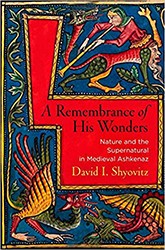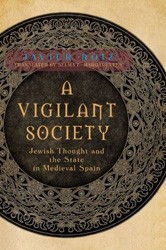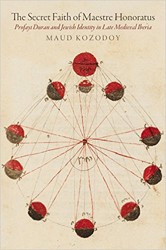Many educated Jews, if asked to say something about Jewish life in medieval Europe, would first mention martyrdom and persecution. If pressed to describe the spiritual and intellectual life of Jews at that time, they might think of Rashi’s Torah commentary and the Tosafot who wrote on the Talmud. But there they would stop, and for examples of other types of creativity they would probably turn to other parts of the medieval world, most notably the “Golden Age” of Spain. But the Jews of medieval France and Germany were, in fact, creative in quite a number of ways, writing poetry, exegetical works, and even philosophy. Scholars have been dimly aware of this for quite some time, but much of this additional material has never been published and thus has not influenced our perception of medieval Ashkenazic Jewish culture.
Ephraim Kanarfogel’s new book is based upon extensive manuscript research, and it portrays the breadth and complexity of that culture. Kanarfogel writes at length about the activities of medieval Ashkenazic rabbis as judges in local Jewish courts, as exegetes on the biblical text, as writers of and commentators on religious poetry, and as practitioners of practical magic. A major portion of this hefty volume is devoted to describing the approaches to biblical commentary taken by a series of French rabbis, as found in a dense maze of unpublished manuscripts, which throw new light on the much better known work of figures such as Rashbam and Bekhor Shor. The dense material in this book, as well as the far-ranging perspectives offered by Kanarfogel on medieval rabbinic culture, will continue to enrich the study of Jewish life in the Middle Ages for years to come.





